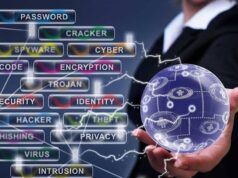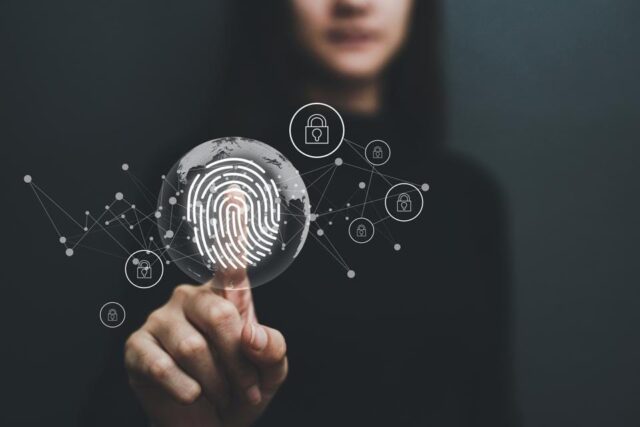
In today’s digital age, businesses and individuals are at constant risk of cyber threats. Identity theft and fraud are among the most common types of cybercrimes, and they can have serious consequences. As such, digital identity verification has become increasingly important in protecting businesses and individuals from these threats. In this blog post, we will discuss the importance of digital identity verification and its role in preventing cybercrime.
KYC and Digital Identity Verification

Know Your Customer (KYC) is an essential component of digital identity verification. It is a process that businesses use to verify the identity of their customers. KYC helps prevent identification theft and fraud by ensuring that only authorized users have access to sensitive information.
To know KYC meaning, you should be aware of the types of information to verify a customer’s identity. This information may include:
- Name and address
- Date of birth
- Social security number or national ID number
- Passport or driver’s license number
- Bank account information
- Role of KYC in Digital Identity Verification
KYC plays a critical role in verification. It ensures that only authorized users have access to sensitive information, which helps prevent identity theft and fraud.
Knowledge-Based Authentication

Knowledge-based authentication (KBA) is a method of digital identity verification that is used to authenticate an individual’s identity based on personal information that only the individual should know. This type of authentication is widely used in various industries, including banking, healthcare, and government.
KBA typically involves a set of questions that the user must answer correctly to prove their identification. The questions are usually based on personal information such as the user’s date of birth, social security number, mother’s maiden name, and other similar data. The questions are designed to be difficult to answer by someone other than the actual user.
One of the benefits of KBA is that it can be implemented with minimal hardware or software requirements. It is also relatively easy to use and understand for most individuals, as the questions are based on personal information that they should know.
Biometric Authentication

Biometric authentication is a method of digital identity verification that uses unique physical characteristics or traits of an individual to authenticate their identity. Biometric authentication is widely used in various industries, including finance, healthcare, government, and security.
It typically involves the use of biometric sensors or cameras to capture an individual’s unique physical characteristics, such as their fingerprint, face, iris, or voice. The captured biometric data is then compared against a pre-existing database to authenticate the individual’s identity. The accuracy and reliability of biometric authentication are based on the uniqueness and permanence of an individual’s biometric traits.
One of the primary benefits of biometric authentication is its high level of security. Biometric traits are unique to each individual and are difficult to forge or replicate, making it a reliable method of authentication. Additionally, biometric authentication eliminates the need for traditional passwords or PINs, which can be easily forgotten or stolen.
Another benefit of biometric authentication is its ease of use. Sensors are becoming increasingly common in mobile devices, laptops, and other devices, making it easy for individuals to authenticate their identity with just a simple scan or voice command.
Two-Factor Authentication
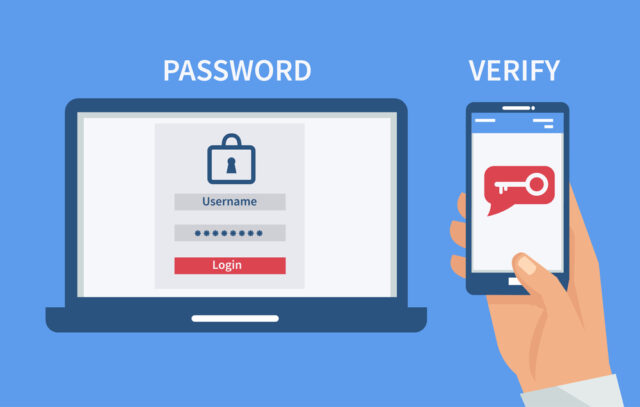
Two-factor authentication (2FA) is a method of digital identity verification that requires the user to provide two forms of identification to access their account or sensitive information. This method of authentication is widely used in various industries, including finance, healthcare, government, and security.
Two-factor authentication typically involves the use of two different types of authentication methods, such as a password and a code sent to the user’s phone or email. The user must provide both forms of identification to gain access to their account or sensitive information.
One of the primary benefits of two-factor authentication is its high level of security. By requiring two forms of identification, two-factor authentication makes it more difficult for hackers to gain access to an individual’s account or sensitive information. Additionally, two-factor authentication eliminates the need for traditional passwords or PINs, which can be easily forgotten or stolen.
Risk-Based Authentication
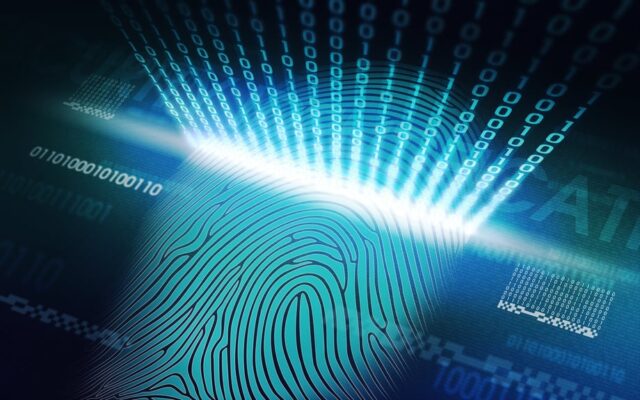
Risk-based authentication is a method of digital identity verification that uses machine learning algorithms to assess the risk of a particular transaction. Based on this assessment, the system may require additional forms of authentication, such as two-factor authentication, to verify the user’s identity.
The Importance of Digital Identity Verification
Digital identity verification is the process of verifying the identification of a person or organization online. It is an essential component of cybersecurity because it helps prevent theft and fraud. Here are some of the reasons why it is so important:
Protecting Against Theft and Fraud
One of the most significant risks associated with the digital world is identity theft and fraud. Cybercriminals can easily obtain personal information and use it to steal identities or commit fraud. By using digital identification verification methods, businesses can ensure that only authorized users have access to sensitive information. This helps prevent theft and fraud.
Ensuring Regulatory Compliance
Digital identity verification is essential for businesses that need to comply with regulations, such as Anti-Money Laundering (AML) and the General Data Protection Regulation (GDPR). By using digital identity verification methods, businesses can ensure that they are in compliance with these regulations.
Building Trust with Customers and Partners
Verification can help businesses build trust with their customers and partners. By implementing secure digital identity verification methods, businesses can demonstrate their commitment to protecting their customers’ data and preventing unauthorized access. This helps to build trust and strengthen relationships.
Reducing Financial Losses
Identity theft and fraud can have significant financial consequences for businesses and individuals. By implementing digital identification verification methods, businesses can prevent financial losses by ensuring that only authorized users have access to sensitive information.
Conclusion
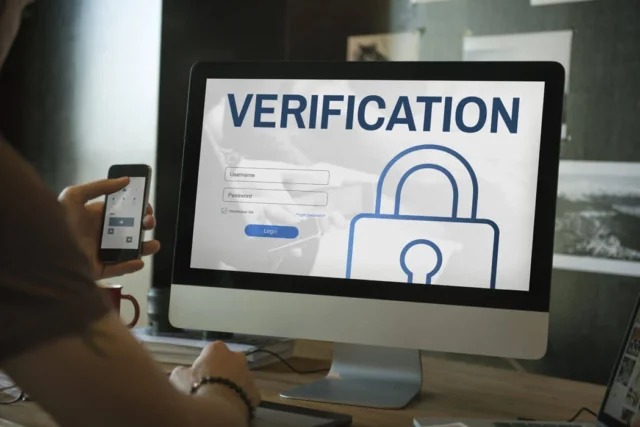
Digital identity verification is an essential security measure in the digital age. Taking measures to protect users’ online identities from malicious actors is of utmost importance and should be a priority for anyone who seeks to ensure secure online transactions and access. By implementing effective identity verification methods, businesses can mitigate the risks posed by cybersecurity threats and provide assurance to their customers that their data is safe. With strong digital identification verification protocols in place, companies can ensure that they are better prepared to combat any potential cyber threat in the future.






